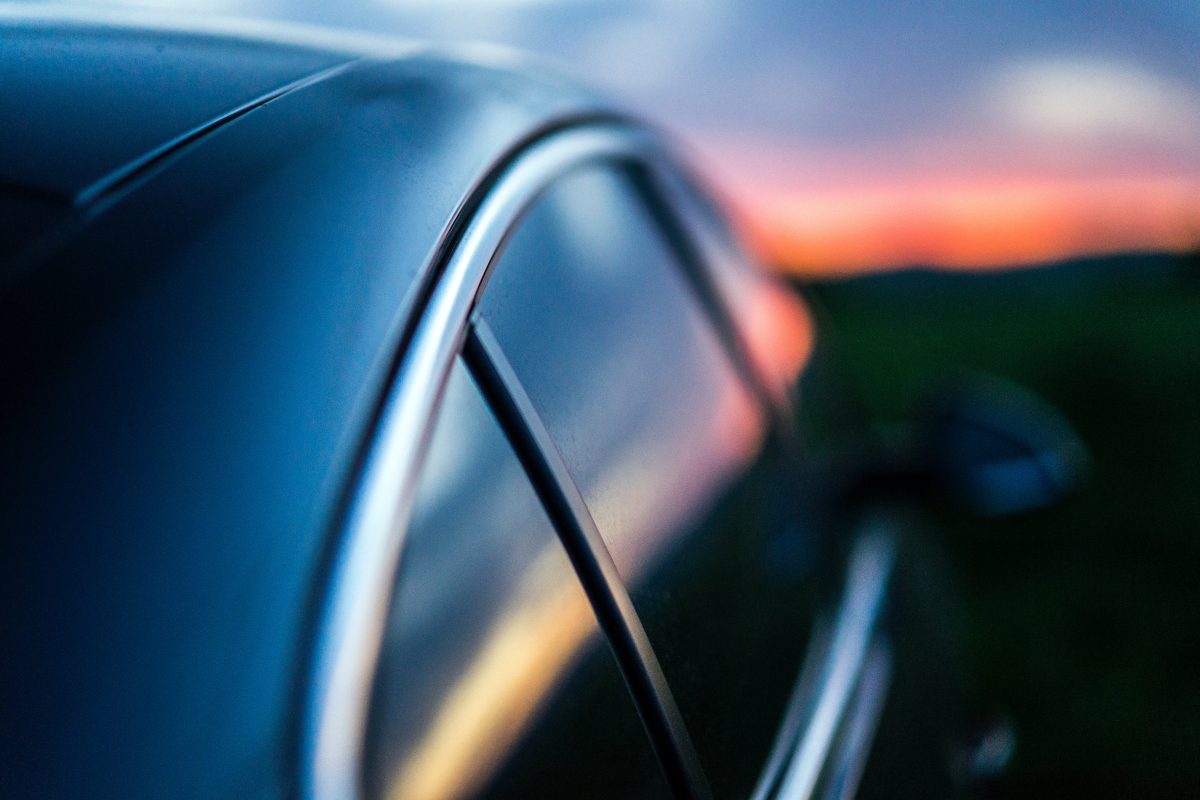Typical Heat Transmission Reduction Through Window Tint Automotive Ceramic

Ceramic vs carbon window tint.
Typical heat transmission reduction through window tint automotive ceramic. If you are deciding between ceramic window tint and carbon window tint it will usually come down to just 2 factors. Ideal for commercial properties this window film rejects up to 71 of the sun s heat to reduce glare and eye discomfort. The shgc is determined by nfrc standards and includes both energy transmitted directly through a window into a home as well as energy that is absorbed by the window and re radiated into a home. Good looks are just the beginning with 3m automotive window films.
This ceramic series is also capable of rejecting up to 59 of the heat coming through your windows which is especially valuable during the warm summer months. This tint is great for heat and glare reduction. The best car window tint will provide privacy prevent interior damages caused by uv reduce irritating glares and more. Whether you re concerned about excessive heat increased privacy uv protection a faded interior glare or security we have a window tint to enhance the comfort and appearance of your vehicle.
As long as the cumulative visible light transmission vlt of your windshield and sample of the film that we temporarily adhere to your windshield for testing does not fall below 70 it complies with the federal standard fmvss 205 that governs the. Different tint providers also offer differing types of solar tint so be sure to inquire about heat rejection percentages wherever you purchase window tint or film. 3m sun control night vision series window film. This black film doesn t have a mirror look but still provides increased privacy.
The higher the absorption of a window or window film the more blocked heat it re radiates into the home as the window heats up. Installing window tints is a smart and practical way for comfortable summer rides. And by now our reviews on the best car window tints for heat reduction must have clarified the facts.


















